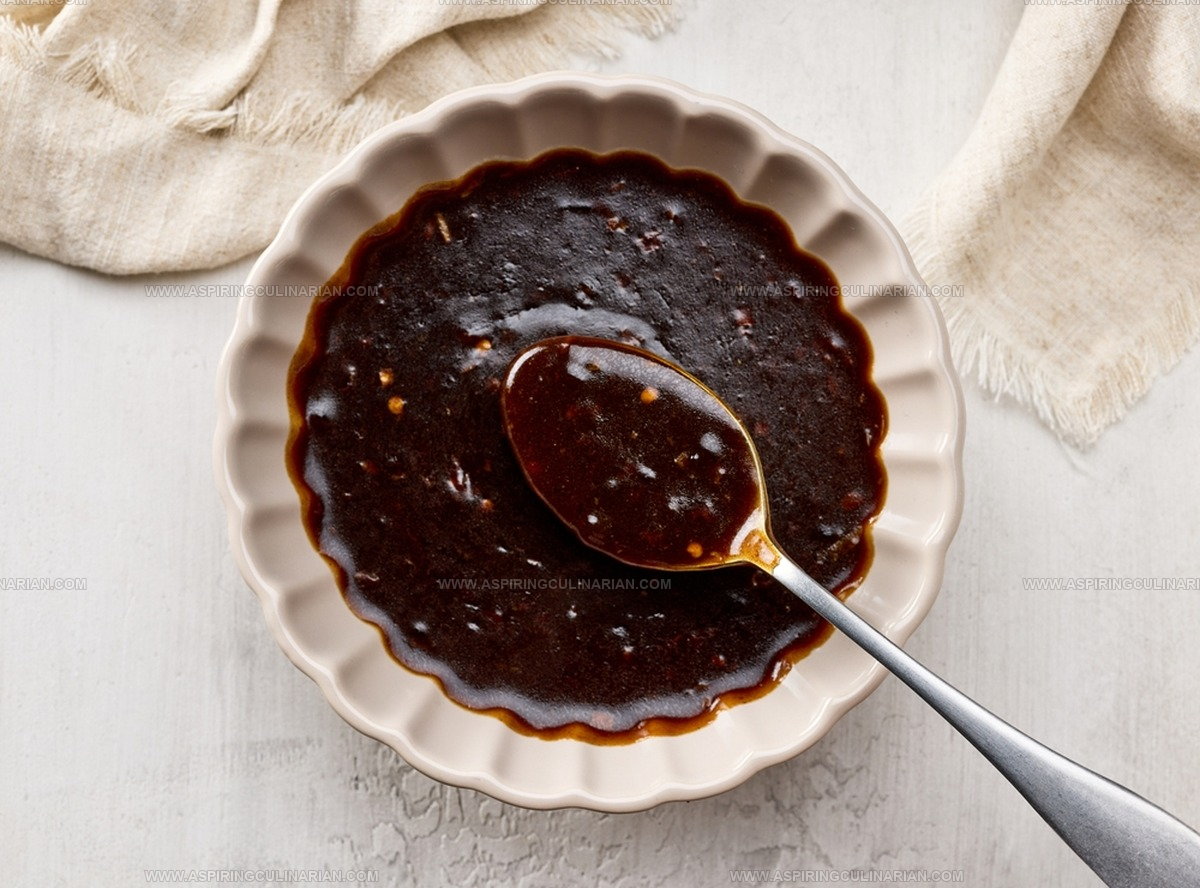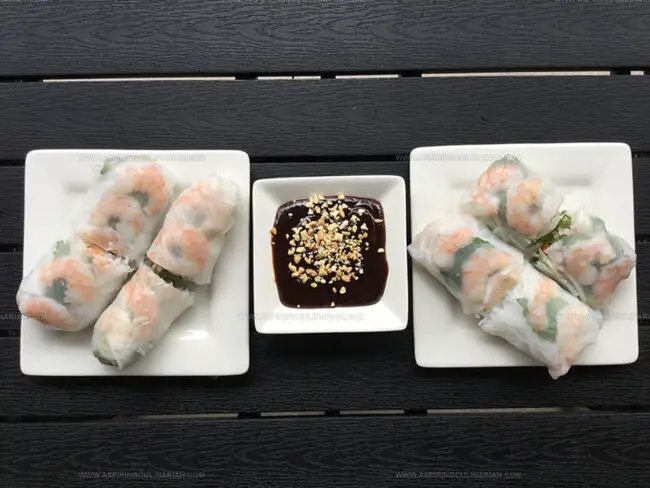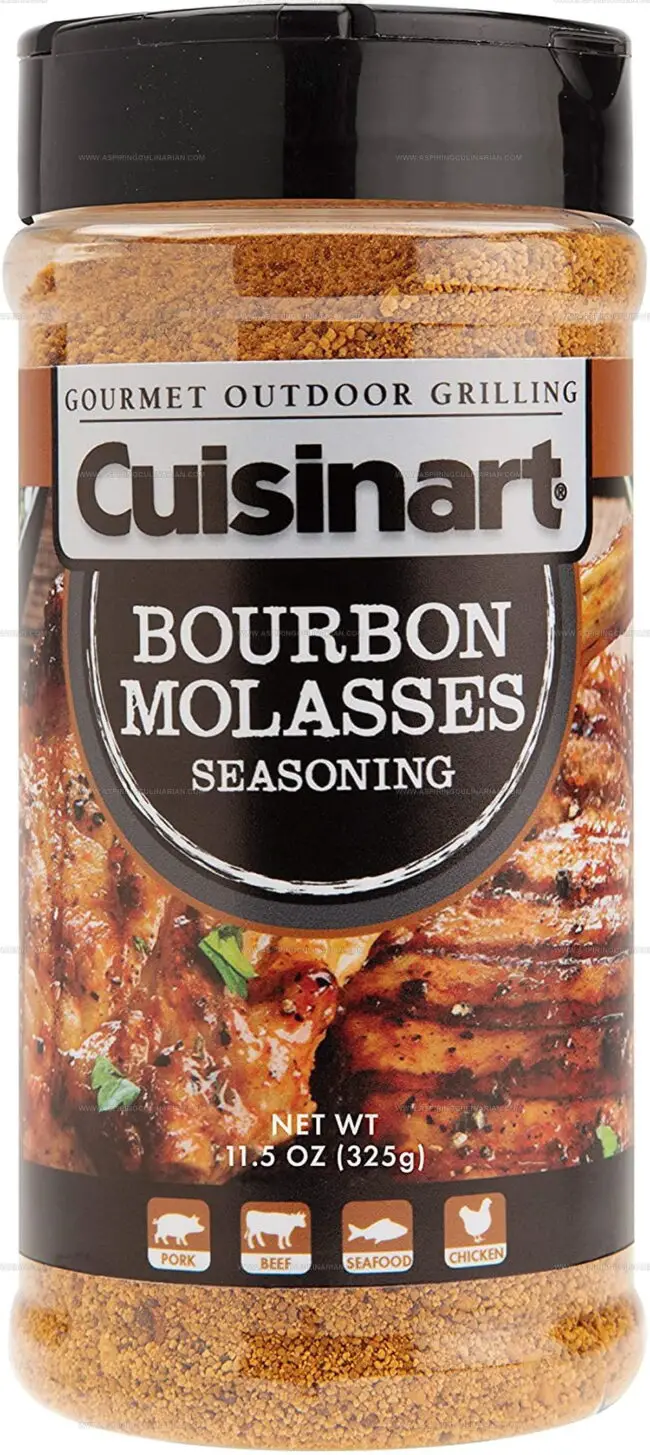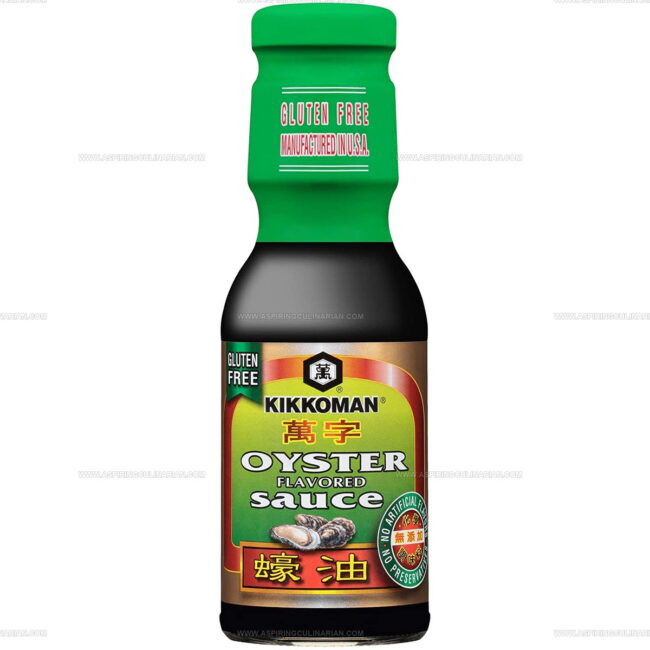3 Hoisin Sauce Replacements That Add Bold Flavor
Substitute for hoisin sauce options can rescue any Asian-inspired dish when this popular condiment runs out in your pantry.
Preparing a stir-fry or wanting to add that sweet-savory dimension to meals often leads to the need for a quick alternative.
The distinctive flavor profile of this thick, fragrant sauce combines sweetness, saltiness, and umami notes that seem impossible to replicate.
Several pantry staples, however, can be mixed together to create surprisingly similar alternatives without requiring a special trip to the store.
Most substitutions aim to capture the complex balance between sweet and savory elements while maintaining that glossy consistency everyone loves.
Those rich, deep flavors might initially appear difficult to match, but creative combinations of common ingredients often yield excellent results.
After reading more, you'll feel confident improvising when hoisin sauce isn't available for your next culinary creation.
What Makes Hoisin Sauce Unique?
Hoisin sauce is a thick, flavorful condiment that stands out for its perfect balance of sweet, salty, and umami notes, making it a key ingredient in many Asian dishes. Its complex flavor and smooth texture give both traditional and creative recipes an unmistakable boost:
When and Why to Substitute Hoisin Sauce
There are plenty of situations where you might want to substitute hoisin sauce, whether for dietary reasons, ingredient shortages, or simply to adjust flavor in your favorite dishes:
Savory Hoisin Sauce Alternatives
Hoisin sauce swaps keep stir-fries, glazes, and marinades full of depth and balance. Sweetness and savory notes still shine through. Explore the sauces that could carry the same magic.
Sauce Teriyaki
Teriyaki sauce serves as an excellent substitute for hoisin sauce due to its similar umami profile, though a few key additions can make it nearly identical to the popular Asian condiment.
By blending three tablespoons of teriyaki sauce with three tablespoons of molasses, two tablespoons of red wine vinegar, and two teaspoons of five-spice powder, you create a remarkably similar flavor profile.
Two cloves of garlic and three-quarters cup of drained, rinsed kidney beans complete this impressive alternative that works in most recipes.
The entire mixture comes together quickly in a blender, giving you a homemade option when hoisin sauce isn't available.
Bbq-Molasses Mix
Hoisin sauce substitutes are surprisingly simple to make at home with common ingredients like barbecue sauce as the foundation.
Regular BBQ sauce combined with molasses creates that signature sweet-tangy profile, while five-spice powder adds the authentic Chinese flavor dimension missing from typical American barbecue sauce.
Soy sauce brings the essential umami depth that makes hoisin so distinctive in stir-fries and marinades.
The perfect ratio calls for three-quarter cup BBQ sauce, three tablespoons molasses, one tablespoon soy sauce, and one and a half teaspoons five-spice powder mixed together.
Oyster Sauce
Oyster sauce stands out as an excellent substitute for hoisin sauce, blending soy, sugar, salt, and caramelized oyster juice in perfect harmony.
Many people prefer this simple swap when they lack time to create homemade alternatives from scratch.
The slightly sweeter flavor profile still delivers impressive results in most recipes, especially stir-fries and seafood dishes where its richness shines through.
You can easily use it in a straightforward 1:1 ratio without complicated adjustments, making cooking less stressful when you're missing ingredients.
While not suitable for vegan diets, this substitute accommodates most other dietary preferences with minimal compromise on taste or texture.
Tips for Balancing Sweetness and Saltiness with Hoisin Sauce Substitutes
Finding the right balance of sweetness and saltiness when using hoisin sauce substitutes is key to keeping your dishes flavorful and satisfying. With a few smart tweaks, you can make sure your homemade or store-bought alternatives still deliver the bold, mouthwatering taste hoisin is famous for:
Mix Sweet and Savory Ingredients
Combine something sweet like honey, maple syrup, or brown sugar with salty, umami-rich soy sauce, tamari, or coconut aminos when making a hoisin substitute.
Taste as You Go
Substitute sauces vary in strength; add sweet and salty components gradually, tasting often to find the right balance.
Watch the Salt
Some soy sauce and tamari brands are very salty. If too briny, add water, sweetener, or citrus juice to mellow the flavor.
Layer Flavors
Garlic powder, five spice, or toasted sesame oil add complexity and help mimic hoisin’s rich flavor profile.
Use Acid for Balance
Rice vinegar or lime juice cuts through sweetness and saltiness, brightening and lightening the overall flavor.
Adjust for the Recipe
In marinades or stir-fries, flavors intensify with cooking, start mild and build up if needed.
Pair With Fresh Herbs
Green onions or cilantro add freshness, balancing sweet-salty sauces and preventing heaviness.
Consider Texture
Hoisin is thick; if your substitute is runny, add cornstarch or reduce the sauce to help it cling to food like the original.
Hoisin Sauce Substitute FAQs
1. Are there gluten-free alternatives to hoisin sauce?
Yes, use gluten-free soy sauce or tamari mixed with nut butter and a little honey or maple syrup for a similar flavor without gluten.
2. Can I use oyster sauce as a substitute for hoisin sauce?
Yes, oyster sauce adds a savory depth, though it’s less sweet and not vegan, add a bit of sugar or molasses to get closer to hoisin’s taste.
3. What’s the best substitute for hoisin sauce in stir-fries?
A blend of soy sauce, peanut butter, honey, and rice vinegar provides a sweet, savory, and thick sauce great for stir-fries.
4. Are hoisin sauce substitutes suitable for vegan dishes?
Absolutely, just avoid oyster sauce and use plant-based blends like soy sauce with peanut or almond butter and a sweetener.
5. Will using a substitute affect the color of my sauce?
Most alternatives, especially those with soy sauce or black bean sauce, will have a dark, rich color similar to hoisin.
6. Can I make a homemade hoisin sauce substitute?
Yes, mix soy sauce, peanut butter, honey or maple syrup, rice vinegar, garlic, and a dash of hot sauce for a quick homemade option.
7. How should I store leftover hoisin sauce substitutes?
Refrigerate any leftovers in a sealed container and use within a week for best quality.
8. Can I use hoisin substitutes in dipping sauces or marinades?
Yes, all listed options work well for dipping, glazing, or marinating meats and vegetables.







Lena Martinez
Contributing Writer & Culinary Educator
Expertise
Southwestern and Latin American cuisines, Vegetarian and plant-based recipe development, Culinary education and community outreach
Education
Santa Fe Community College, Santa Fe, NM
Certificate in Culinary Arts
Emphasized Southwestern cuisine and sustainable cooking practices
Lena grew up surrounded by the colors, spices, and traditions of the Southwest – flavors that sparked her love for bold, honest cooking. After earning her Culinary Arts certificate at Santa Fe Community College, she made it her mission to teach home cooks how to create flavorful, plant-powered meals without the fuss.
Her recipes are packed with vibrant ingredients, simple steps, and the kind of heart that turns a regular meal into something you’ll want to share. Outside the kitchen, Lena spends her time wandering farmers’ markets, trading family recipes, and helping young chefs find their voice through food.